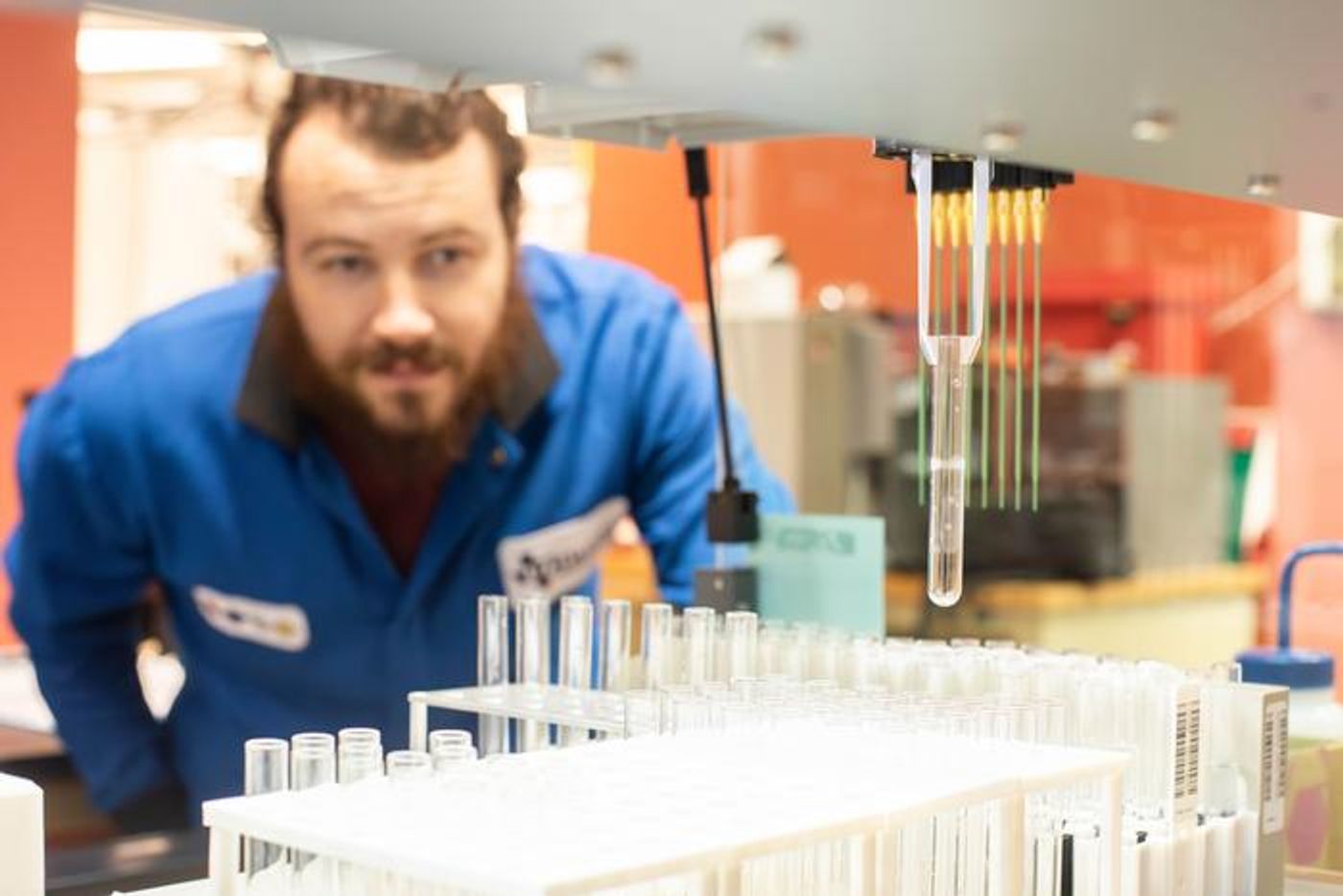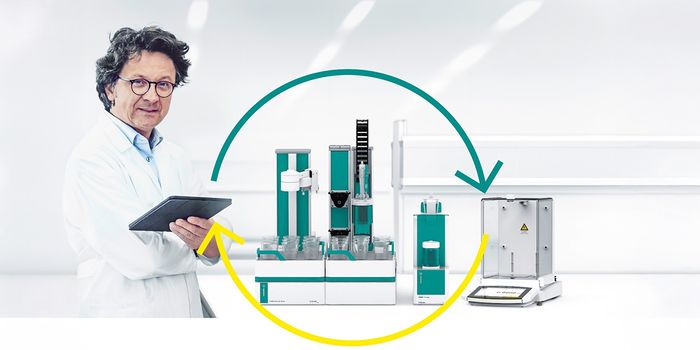New Approach to Strengthen LiNiO2 Batteries for Commercial Use
How can lithium nickel oxide LiNiO2 be used to improve batteries by providing better longevity and efficiency? This is what a recent study published in Advanced Energy Materials hopes to address as a team of researchers investigated a novel technique for reducing the degradation properties of LiNiO2 batteries, which have traditionally been one of the drawbacks for this type of battery. This study has the potential to help commercialize more efficient LiNiO2 batteries, whose applications include electric vehicles (EVs), mobile phones, tablets, and laptops.
“The degradation of batteries made using LiNiO2 has been a problem for decades, but the cause was not well understood,” said Dr. Kyeongjae Cho, who is a professor in the Department of Materials Science and Engineering at UT Dallas, director of the Batteries and Energy to Advance Commercialization and National Security (BEACONS) program, and a co-author on the study. “Now that we have a clear understanding of why this happens, we’re working on a solution so the technology can be used to provide longer battery life in a range of products including phones and electric vehicles.”
For the study, the researchers used a series of computer models to simulate the chemical processes and reactions taking place during the operation of LiNiO2 batteries. In the end, the researchers found the degradation properties were caused by cracking, which they attributed to oxygen atoms within the LiNiO2. To combat this, they hypothesize that “pillars” consisting of positively charged ions could increase the strength of the conductor, also called a cathode. Going forward, the team aspires to apply this to laboratory experiments using robots to run the experiments, including manufacturing, testing, and identifying the various materials and their results.
“We’ll make a small amount at first and refine the process,” said Matthew Bergschneider, who is a PhD student at UT Dallas and lead author of the study. “Then, we will scale up the material synthesis and manufacture hundreds of batteries per week at the BEACONS facility. These are all stepping stones to commercialization.”
Image of study lead author, Matthew Bergschneider, in the lab. (Credit: The University of Texas at Dallas)
This study comes as the worldwide number EVs and portable electronic continue to increase, so enhancing the longevity and efficiency of LiNiO2 could provide even more incentives for LiNiO2 commercialization for a range of products.
How will LiNiO2 batteries continue to evolve and enhance in the coming years and decades? Only time will tell, and this is why we science!
As always, keep doing science & keep looking up!
Sources: Advanced Energy Materials, EurekAlert!, UT Dallas









